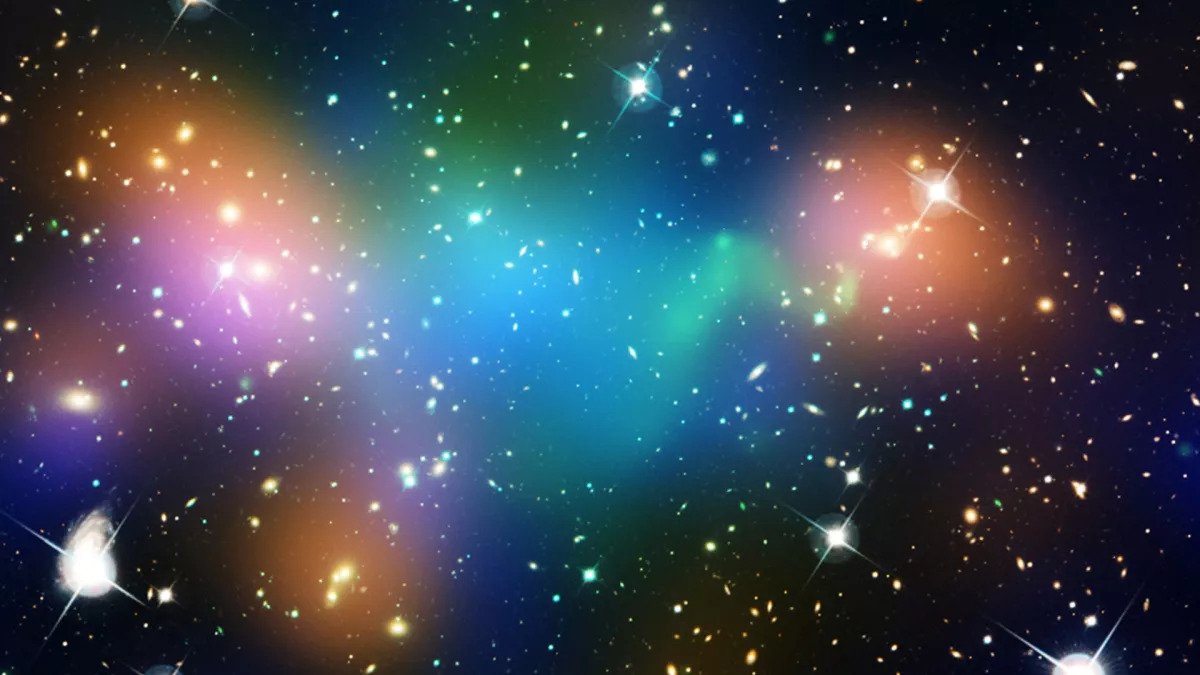Scientists have suggested that dark matter may consist of several types of particles unknown to us. And there may be unknown interactions between them. If this is the case, then dark matter can form not only individual stars, but also entire “shadowy” galaxies.

What is dark matter
Scientists have suggested that dark matter may not just be something that surrounds galaxies and influences their evolution by its gravity, but also form star systems itself. This assumption is based on the fact that until now no one knows what it really is.
Dark matter does not interact with the rest of matter in any way other than gravity. However, it almost certainly consists of some kind of particle. Of which ones, it is unknown. However, in some interpretations, they may well form compact clusters that do not emit light, but may be located inside galaxies.
In a new study, scientists went further and suggested that dark matter was not one, but several types of particles. In this case, forces can arise between them and they will form atoms. And already an exotic substance can be formed from them.
“Shadowy” galaxies
Next, the scientists turned to modeling what the cosmos would look like if at least some of the dark matter formed atoms. It turns out that we will feel the difference even when at least 6 percent of its mass in the universe is such.
Atomic dark matter will begin to stick together, forming clumps. “Shadowy” galaxies will begin to form. They will mainly consist of ordinary gas and stars. However, a disk will form inside them from a substance that does not manifest itself in any way.
According to the calculations of scientists, dark matter will then begin to behave the same as ordinary matter. That is, separate nebulae will form, and stars will form from them. And perhaps they will even emit some waves that are still unknown to us, although this will be a very big revision of the entire Standard Model of the structure of matter.
However, not everything is so simple. According to scientists’ calculations, over time, all atomic dark matter will concentrate in the center of galaxies and begin to fall on supermassive black holes. Thus, it will cause an outbreak of star formation, which will quickly burn out all atomic hydrogen.
Therefore, in most simulations, if atomic dark matter existed, we would definitely notice it, but we didn’t see anything similar to “shadowy” galaxies. However, there are several options in which we will not see such traces. Therefore, all hope is for the observation of individual objects from dark matter, which can be detected soon.
According to www.space.com
Follow us on Twitter to get the most interesting space news in time
https://twitter.com/ust_magazine
